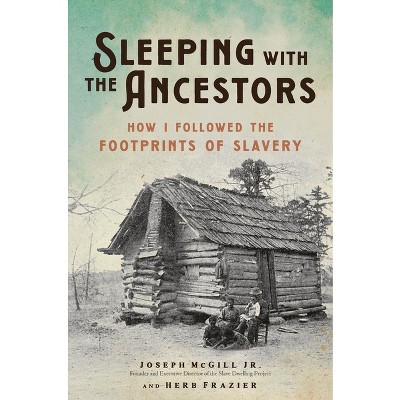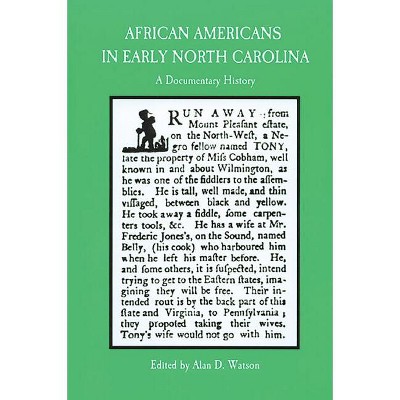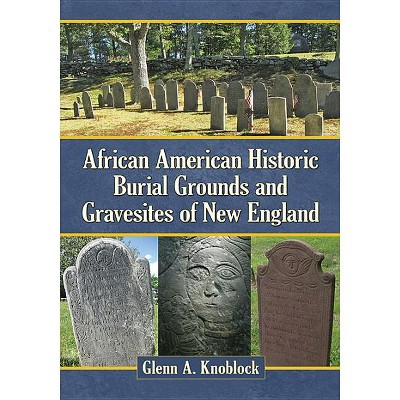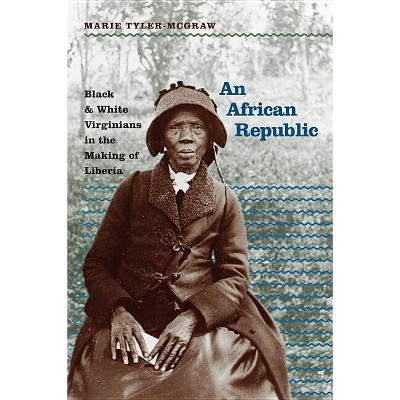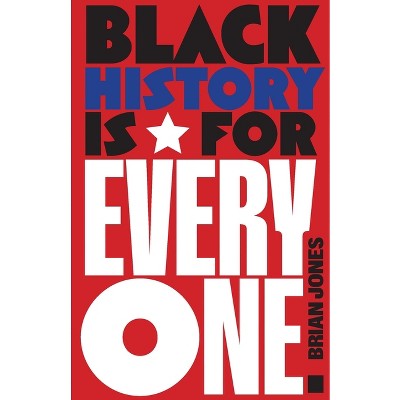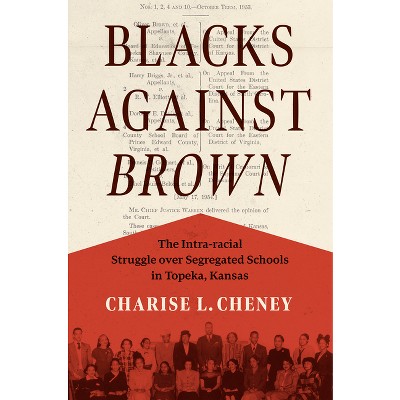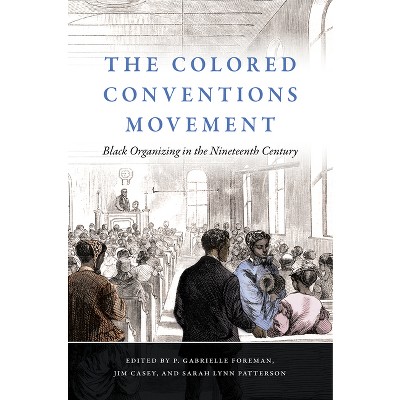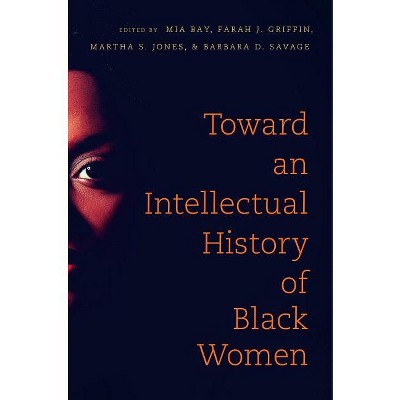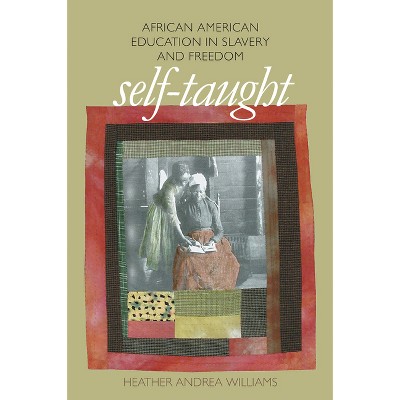Visualizing Equality - (The John Hope Franklin African American History and Culture) by Aston Gonzalez (Paperback)

$32.50 sale price when purchased online
$34.95 list price
Target Online store #3991
About this item
Highlights
- The fight for racial equality in the nineteenth century played out not only in marches and political conventions but also in the print and visual culture created and disseminated throughout the United States by African Americans.
- Author(s): Aston Gonzalez
- 324 Pages
- Social Science, Ethnic Studies
- Series Name: The John Hope Franklin African American History and Culture
Description
About the Book
"Visualizing equality ... analyz[es] how previously unexamined or understudied African American artists shaped conceptions of race during the nineteenth century. Marshaling material from 26 private and public archives in the United States and England, Gonzalez charts the changing roles of African American visual artists as they used their work to expand black rights in the United States. Understudied or forgotten artists such as Robert Douglass Jr., Patrick Henry Reason, James P. Ball, and Augustus Washington produced images to persuade viewers of the necessity for black social equality, political enfranchisement, and freedom from slavery, and Gonzalez argues that these cultural producers helped to make the world they envisioned through their art"--Book Synopsis
The fight for racial equality in the nineteenth century played out not only in marches and political conventions but also in the print and visual culture created and disseminated throughout the United States by African Americans. Advances in visual technologies -- daguerreotypes, lithographs, cartes de visite, and steam printing presses -- enabled people to see and participate in social reform movements in new ways. African American activists seized these opportunities and produced images that advanced campaigns for black rights. In this book, Aston Gonzalez charts the changing roles of African American visual artists as they helped build the world they envisioned.Understudied artists such as Robert Douglass Jr., Patrick Henry Reason, James Presley Ball, and Augustus Washington produced images to persuade viewers of the necessity for racial equality, black political leadership, and freedom from slavery. Moreover, these activist artists' networks of transatlantic patronage and travels to Europe, the Caribbean, and Africa reveal their extensive involvement in the most pressing concerns for black people in the Atlantic world. Their work demonstrates how images became central to the ways that people developed ideas about race, citizenship, and politics during the nineteenth century.
Review Quotes
"Visualizing Equality meticulously pieces together archival traces to enliven the stories of Black printmakers, printers, and photographers whose aesthetic practices were inextricable from their political convictions. . . . Gonzalez has modeled a mode of studying US history and visual culture that meaningfully engages with the many nodes of the Black diaspora in the Atlantic world and avoids the US-centrism that frequently hampers scholarly and political discourses."--Imprint, Journal of the American Historical Print Collectors Society
"Visualizing Equality successfully demonstrates how early African American visual artists developed ideas and practices of image making linked to politics impacted by their understanding of the intersections of race and images. Meticulously researched, Gonzalez's text focuses our attention on Black artists empowered by their positions as activists in free Black communities in the North."--caa.reviews
"[Gonzalez] narrows his lens to offer rich biographies of his leading characters, opens the aperture to reveal the local contexts and activist networks in which they worked, and then widens it further to show the transnational reach of their work."--North Carolina Historical Review
"Extends the prehistory of the Black Arts movement--as well as the Harlem Renaissance--to a critical period in the middle of the nineteenth century, when imagery was central to the fight against slavery. . . . Illuminates a vital period in the development of African American visual culture."--Black Perspectives
"Gonzalez's thorough research sketches out the reticulation of physical, social, and interpretive pathways through which Douglass's work passed, establishing a groundwork for future scholars."--Nineteenth-Century Art Worldwide
Dimensions (Overall): 9.21 Inches (H) x 6.14 Inches (W) x .73 Inches (D)
Weight: 1.1 Pounds
Suggested Age: 22 Years and Up
Number of Pages: 324
Genre: Social Science
Sub-Genre: Ethnic Studies
Series Title: The John Hope Franklin African American History and Culture
Publisher: University of North Carolina Press
Theme: African American Studies
Format: Paperback
Author: Aston Gonzalez
Language: English
Street Date: September 14, 2020
TCIN: 89025027
UPC: 9781469659961
Item Number (DPCI): 247-08-1038
Origin: Made in the USA or Imported
Shipping details
Estimated ship dimensions: 0.73 inches length x 6.14 inches width x 9.21 inches height
Estimated ship weight: 1.1 pounds
We regret that this item cannot be shipped to PO Boxes.
This item cannot be shipped to the following locations: American Samoa (see also separate entry under AS), Guam (see also separate entry under GU), Northern Mariana Islands, Puerto Rico (see also separate entry under PR), United States Minor Outlying Islands, Virgin Islands, U.S., APO/FPO
Return details
This item can be returned to any Target store or Target.com.
This item must be returned within 90 days of the date it was purchased in store, shipped, delivered by a Shipt shopper, or made ready for pickup.
See the return policy for complete information.
